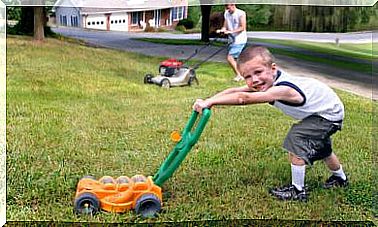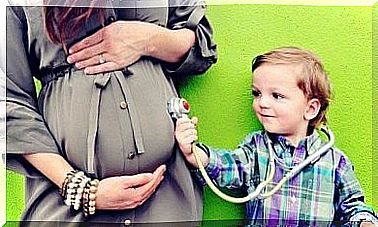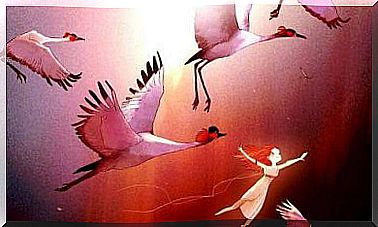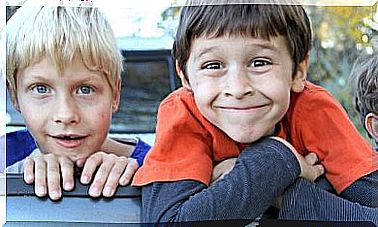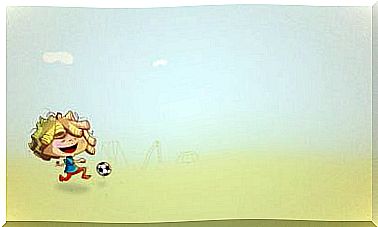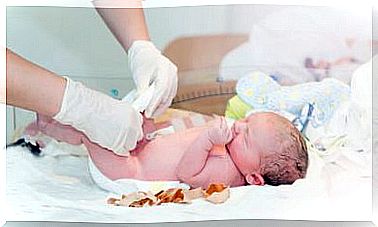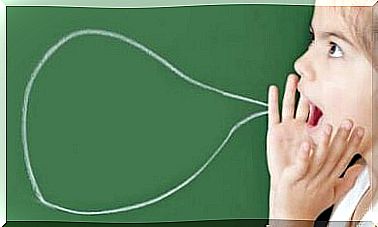4 Activities To Stimulate Self-knowledge In Children
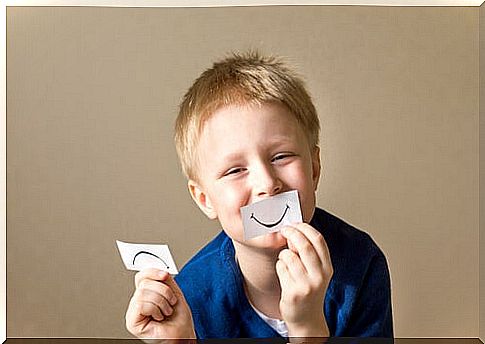
Self-knowledge is the ability to identify one’s feelings, emotions and actions. Developing this skill is important not only for the child to be able to connect with himself, but also because it allows him to understand that his actions have positive or negative consequences, both for him and for others.
Learn how to encourage self-knowledge in children in this article.
What is self-knowledge?
It is a skill that each individual must develop, and it consists in possessing personal knowledge. That is, be aware of your feelings, mood, limitations, strengths and attitudes.
In other words, it is to reflect on what each action entails, to get a better idea of yourself. Therefore, self-knowledge is an excellent tool for children.
When to start stimulating self-knowledge in children?
It is very useful to start early, around the age of two. In this way, this will be of great help in life. So start as soon as possible to help your children identify their emotions.
4 activities that help to stimulate self-knowledge in children
As the main objective is that self-knowledge in children is a practice that can be applied for the rest of their lives, it is important that their learning is engraved in the mind and that it is meaningful.
One way to do this is through teaching activities. Here are some examples:
heart manual
Since the heart is the image of the center of feelings, go to it. Thus, you will be able to help your child to differentiate the different emotions and to discover the ones that he/she doesn’t know.
- What does the activity consist of? Draw or paste on a sheet different situations that the child can identify with: it can be in a park, with the family, playing, at school, on the beach or on the mountain. And, on each sheet, put an expressionless face, so that the child can draw the feeling that each situation awakens.
- Activity development. Allow the child to begin to visualize each situation. You can go on narrating what happens in this scenario, involving the child. Then ask her to draw on the “empty” face on each sheet.
- What is expected to be achieved? That the child identifies the different emotions that different situations can cause them, promoting self-knowledge. Also, visualize how she reacts when she’s with other people. It also allows the child to express their feelings and provides interaction between parents and children, strengthening their bonds.
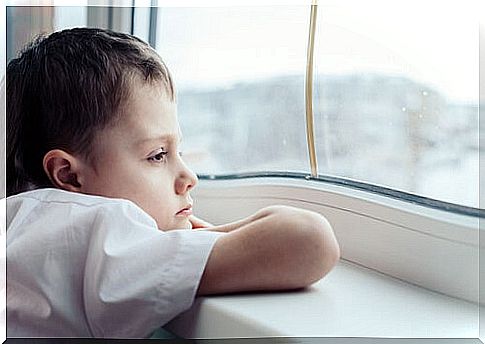
Tell stories
Draw on your sense of identity as this is part of any culture. Even since we were little, we all have a story to tell.
- What does the activity consist of? Choose a story or adapt it to what you need. Go on narrating the events, giving life to each character and each experience, making pauses, suspense, surprises, changing the tone of voice. The idea is that the child can get involved and live the story.
- Activity development. Find a quiet, uninterrupted environment and tell the chosen story, placing emphasis where necessary so that the child can assimilate and process what he is hearing. When finished, ask the child what he liked, what situation made him happy, what made him sad, and what facts he would change in the story.
- What is expected to be achieved? Provoking the child’s internal emotions, so that she can develop empathy, feel what others are experiencing. Likewise, it is intended to encourage children to reflect on possible situations, making them think about what they could do differently.
My letter
As individuals, we are always concerned about what impression we make on others. That is, the way others see us. To promote self-knowledge in children, we will use this activity.
- What does the activity consist of? You can involve other family members; each should have a pencil and paper and think of positive things about each. The goal is to write about positive aspects.
- Activity development: Each one sticks a sheet on their back and a circle is formed. Then others write down positive qualities they see in this person. This is part of self-knowledge. At the end, everyone reads their own letter.
- What is expected to be achieved? Promote the child’s interaction with others, so that they reflect on how they feel and how they see others, that they express their feelings for others and can describe them. Furthermore, it allows you to form an idea of how others see you, which can be very different from how the child sees himself.

I express myself with mime
One of the ways human beings express themselves is through gestures and facial expressions. Since we are looking to develop self-knowledge in children, work on this important aspect.
- What does the activity consist of? In situations where one cannot speak, there are other ways to express feelings. This facet is part of self-knowledge.
- Activity development. Prepare cards with words or phrases and divide the children into two groups. Each group must choose a member to mime. You can help the children by giving ideas for demonstrating the gestures. This way you can see what your limitations and abilities are.
- What is expected to be achieved? Provide activities that help the child to express themselves in any circumstance. Favor integration between parents and children. Also, encourage connection with other people and learn from their expressions.
In conclusion, learning that leads to self-knowledge in children is a very significant experience. It is your responsibility to know what it means, what it entails and what tools you can use.
These 4 activities that stimulate self-knowledge in children will allow them to recognize their qualities and defects, identify which situations trigger their emotions and know how they are seen by others.
